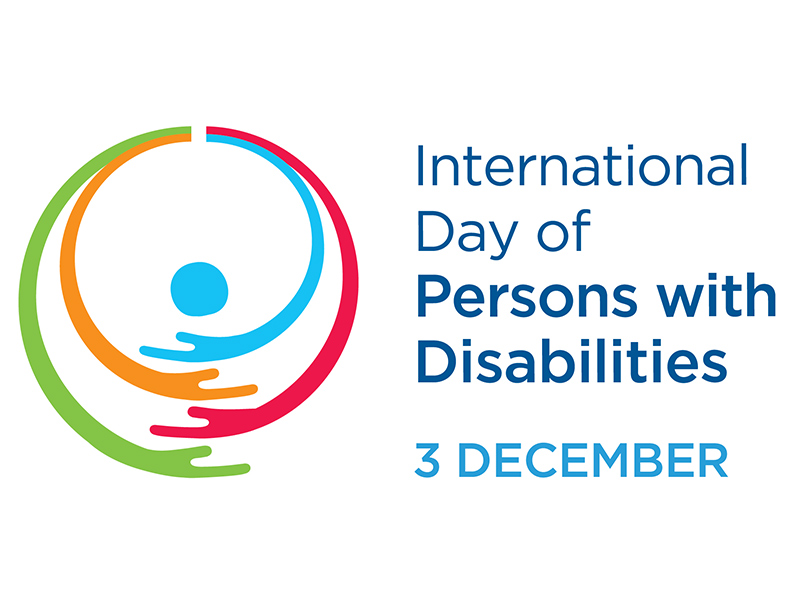International Day of Persons with Disabilities

December 3 is International Day of Persons with Disabilities (IDPD)
IDPD was proclaimed in 1992, by the United Nations General Assembly to promote an understanding of disability issues and mobilize support for the dignity, rights and well-being of persons with disabilities. The 2024 theme is “Amplifying the leadership of persons with disabilities for an inclusive and sustainable future.”

Past events
On December 7, 2023, the TMU community joined the Office of the Vice-President, Equity and Community Inclusion (OVPECI) for Championing Disability Justice and Human Rights in Canada with keynote speaker Rabia Khedr, National Director of Disability without Poverty. With over 30 years of experience as a community organizer in disability justice, Rabia spoke about the profound impacts of systemic racism, poverty and ableism on Canadian society. The event recognized both the International Day for Persons with Disabilities (December 3) and Human Rights Day (December 10), commemorating the 75th anniversary of the Universal Declaration of Human Rights.
To kick off the event, the Employees with Disabilities Community Network unveiled the video, Across the Universe-City.
Find this event on Stream
In honour of the United Nations International Day of Persons with Disabilities, TMU students were invited to submit a reflection or expression to our student gallery throughout the year. This was an opportunity for students to share their lived experience of disability. We invite you to explore our virtual gallery:
Questions?
If you have any questions about IDPD, please contact Kelly Campbell, Accessibility Manager, Office of the Vice-President, Equity and Community Inclusion at kel.campbell@torontomu.ca.